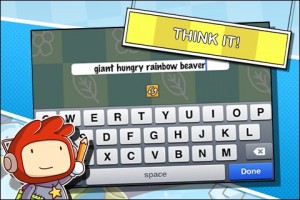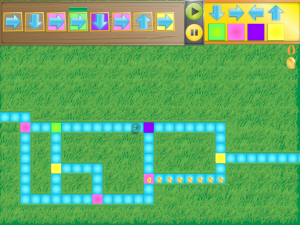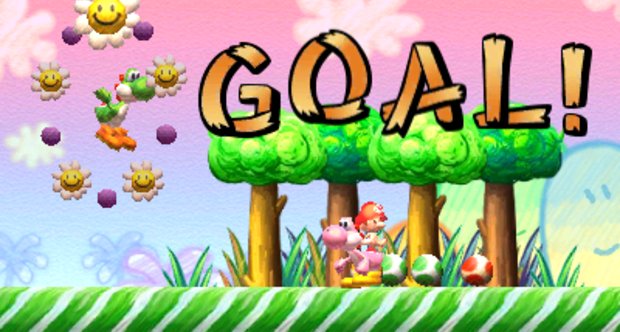When the New York Times ran the piece on the comeback of board games last week I had several different people send my the link via email. The first thing I thought was “Wow, people might actually know what I do” the second thing was “Wow, why is this just making it to mainstream media?”.
It has been common knowledge for decades that children learn through play, but with the push toward standardized testing and common core standards in the last 20+ years we really do seem to have forgotten about it! As the parent of a 5 year old I cringe when I hear parents talking proudly about how much “homework” they give their kids when they get home. They practice their reading, writing, and math using a variety of workbooks and learning systems, but few of them talk about play. I still get cross-eyed looks from folks when I talk about playing games (digital and analog) with Pea when she comes home from school. Don’t get me wrong, we read books too, but we definitely don’t do homework.
When Pea was transitioning from Pre-School to Kindergarten I was astounded by the list of things that they wanted children to know going into kindergarten (granted this was not a standardized list of any sort but more of a suggested one) because these were more the things that I remembered learning in kindergarten (and even teaching to kindergartners and first graders back in the stone ages when I taught elementary school. And being one of those kids in the 70s I don’t think that I turned out so bad. In the good old days (LOL), kids who knew how to read at 5 where definitely the exception and now I see parents pushing their children to learn to read with flash cards and other skills and drills methods. This is pedagogy that education researchers discovered didn’t work more than 20 years ago. So why are schools and “educational” materials companies still pushing this crap? And more importantly why are parents still running with it?
What ever happened to letting children learn in context? My mother taught me to count and add by playing cards with me. Being a competitive kid (not like I’m competitive now or anything) I learned what she was teaching me just so that I could beat her. But never do I remember her pulling out flashcards or workbooks or drilling me for answers. Digital and analog games that are well done have lots of words that are age appropriate for their users. And not always in full sentences. Sometimes their in signs or in phrases of a couple of words that children can choose to respond to an NPC. And by learning to read these words and phrases they are not only learning new words in the context of the game (and having fun) but also in the context of a larger narrative/conversation which makes it easier for them to figure out. Think about it, which of these is going to be more appealing to a beginning reader, a plain white flash card or pop up text on an action that is being done by a character that you control?

Pea never practices writing, she just kind of does it on her own. She draws lots of pictures of things that she thinks happen after and around the games that we play together and then she labels parts of them or writes little sentences about the scenes. And it never feels like homework to either of us. But please don’t get me wrong, this is not something that she always just does. Ha! Some days she even says things like, “I’m not putting words on this page/sign/picture because I need more space for details”. And those days I just giggle to myself and accept it. And I may even start labeling things on my own pictures because it is pretty much guaranteed that even though there is not room for words on her page that she will happily write all over mine! It becomes our own analog version of Scribblenauts.
 Scribblenauts is a game that is near and dear to our collective mother/daughter gaming hearts because it was the first game that she “played” on the DS when she was 18 months old. Of course for her this meant leading Maxwell around the screen with the stylus and playing lap co-op while I walked through solving the puzzles and spelling the words. I love this game for kids because it helps to teach them that words “do” something and they can come up with insanely fun word combinations like “giant hungry rainbow beaver” and everyone knows that giant hungry rainbow beavers are much more effective and cutting down trees than plain old everyday beavers.
Scribblenauts is a game that is near and dear to our collective mother/daughter gaming hearts because it was the first game that she “played” on the DS when she was 18 months old. Of course for her this meant leading Maxwell around the screen with the stylus and playing lap co-op while I walked through solving the puzzles and spelling the words. I love this game for kids because it helps to teach them that words “do” something and they can come up with insanely fun word combinations like “giant hungry rainbow beaver” and everyone knows that giant hungry rainbow beavers are much more effective and cutting down trees than plain old everyday beavers.
 But I digress, while people are beginning to wonder if analog games are making a comeback I want to say that perhaps they are asking the wrong question. The question is not whether or not analog is coming back to displace digital, but rather how can analog and digital work together. Children (and adults) need a certain amount of digital literacy and that amount grows every day, so using games like Robot Turtles to teach procedural/sequential thinking is a great way to lead into basic computer programming skills and applications (like Kodable) even as young as pre-school (and it’s a whole lot of fun for parents and children alike). And the reverse is true as well. Playing games like Scribblenauts together can demonstrate the power of words to young children so that learning to spell and write in an analog space doesn’t seem so boring and useless. One of the most important things to remember is that both analog and digital games learning require one very important thing parent/guardian/teacher/caretaker buy-in. Not only does the facilitator have to take the extra step to get the most out of the learning experience, but they have to be willing to invest the time to actually do the activities. In my humble opinion, leaving your kid alone in front of a stack of flash cards and expecting them to learn is no more effective than leaving them alone in front of a television running Sponge Bob on loop.
But I digress, while people are beginning to wonder if analog games are making a comeback I want to say that perhaps they are asking the wrong question. The question is not whether or not analog is coming back to displace digital, but rather how can analog and digital work together. Children (and adults) need a certain amount of digital literacy and that amount grows every day, so using games like Robot Turtles to teach procedural/sequential thinking is a great way to lead into basic computer programming skills and applications (like Kodable) even as young as pre-school (and it’s a whole lot of fun for parents and children alike). And the reverse is true as well. Playing games like Scribblenauts together can demonstrate the power of words to young children so that learning to spell and write in an analog space doesn’t seem so boring and useless. One of the most important things to remember is that both analog and digital games learning require one very important thing parent/guardian/teacher/caretaker buy-in. Not only does the facilitator have to take the extra step to get the most out of the learning experience, but they have to be willing to invest the time to actually do the activities. In my humble opinion, leaving your kid alone in front of a stack of flash cards and expecting them to learn is no more effective than leaving them alone in front of a television running Sponge Bob on loop.
If games have things to teach us why not learn them and have some fun with our children at the same time? Having fun together is never a waste of time.




